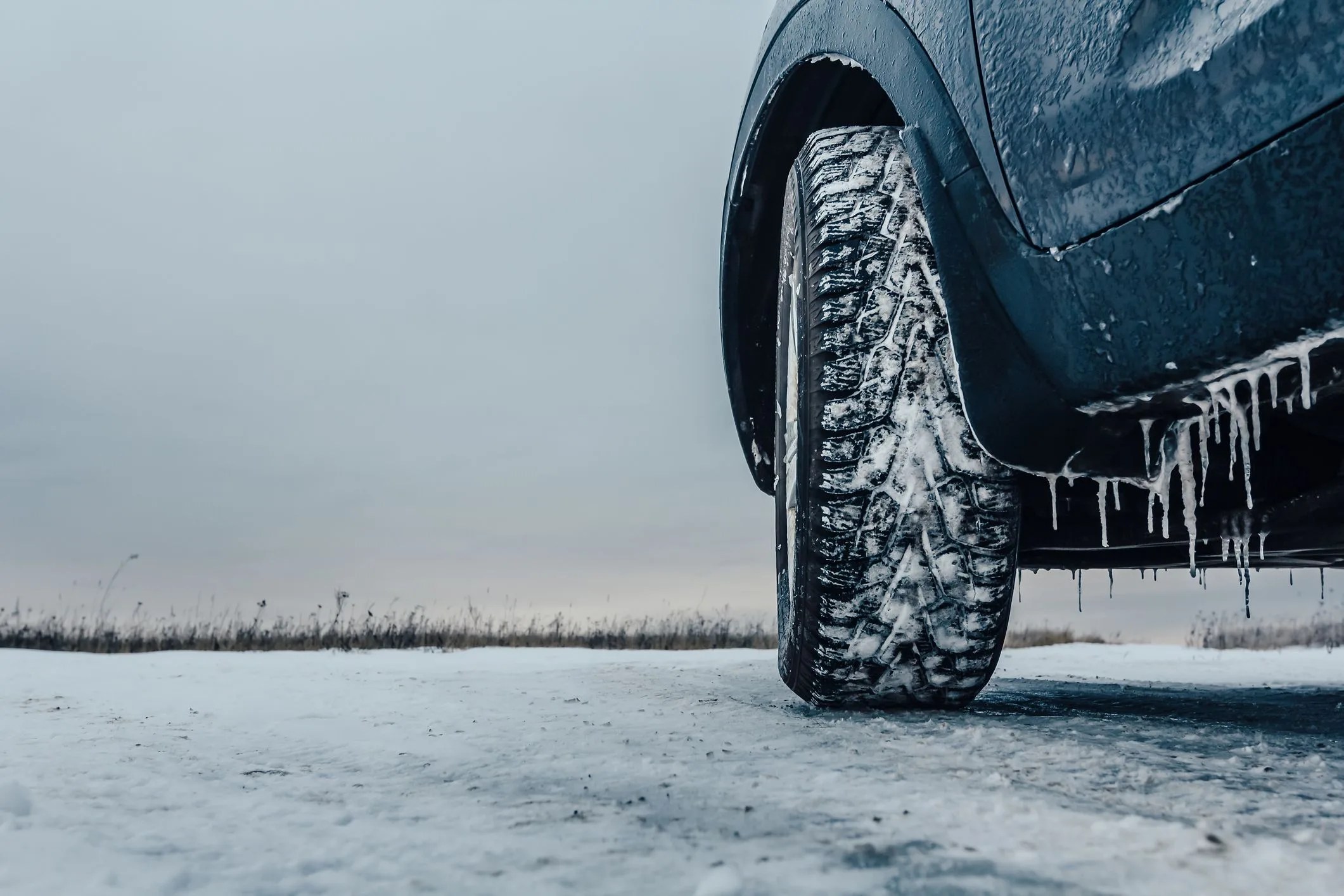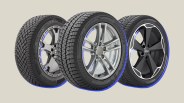Why do people buy winter tires, some people out there might still be wondering. Aren’t tires just tires? In a word: nope. Winter and snow tires are indeed a valuable part of the cold-weather driving portfolio of skills and gear, helping to make treacherous winter roads and conditions safer for the average driver. There’s a reason parts of Europe, the U.S. and Canada have laws establishing dates on when winter tires are either mandatory or highly recommended: they work.
And knowing how and why cold-weather tires work is a useful nugget of knowledge when you do go shopping for a set.
The grip that high-quality winter tires can provide doesn’t just allow your car to handle better. That that same grip cuts stopping distances by a considerable margin. When ice and snow enter into the picture, grip and handling become paramount — and elusive.
And those snow-ready pieces of rubber haven’t stayed static over time (so no, you can’t just keep using that set from 1993, even if they somehow do fit you current car). Winter tires of old attempted to claw back performance in snowy conditions with just chunky, heavy-tread rubber that paddled through the snow. The key to cold-weather performance is actually more subtle than that. Tread pattern does play its part (more on that in a moment), but it’s the tire’s rubber compound that plays the biggest role.
The rubber that makes up summer tires and all-season tires is designed to work in higher temperatures. So to avoid complete self-destruction during a spirited jaunt through Malibu Creek State Park in mid-July, the rubber is inherently harder, allowing it to work better as it softens due to higher temperatures. (Due to friction and compression, the faster you drive, the warmer a tire gets.)
Conversely, winter tires are made with softer material right out of the gate. That way, when temperatures dip, they’re still pliable and can still grip cold pavement and packed snow and ice.


